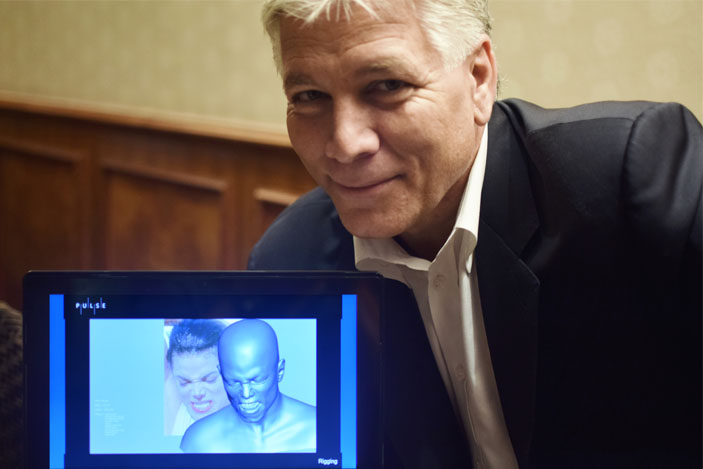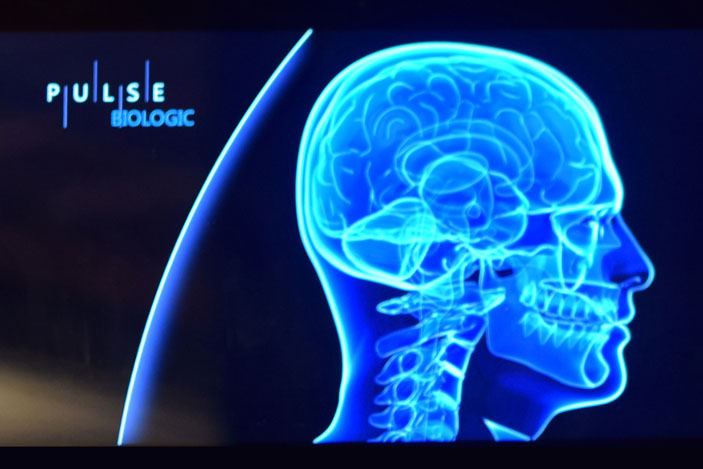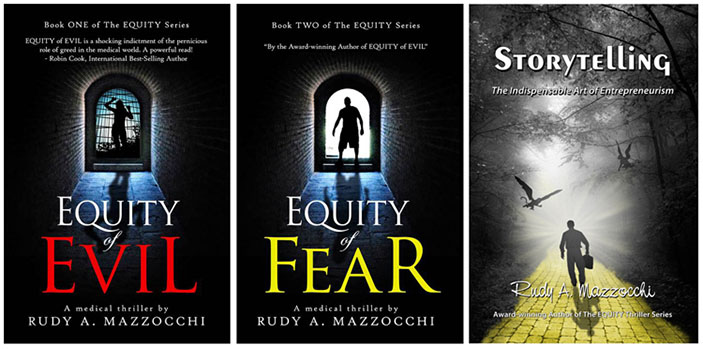HOLOGRAMS will resurrect dead careers and train future doctors.
PULSE BioLogic’s CEO Rudy Mazzocchi has substantial plans for the hologram.
Michael Jackson came back from the dead in a performance of Slave To The Rhythm, a track culled from his posthumous release, Xscape. In that short resurrection, at the Billboard Music Awards in May 2014, the late singer was at his Moonwalking best, even achieving a circular walk that he had been working on, as dancers pranced around him in the $6.5 million production.

While this may seem eerie, given the singer’s well-publicised death in 2009, it offers a chance for those with ambitions to live on forever to develop scalable shows that can be presented with the benefit of simultaneous presentations.
The hologram was developed in under a year by PULSE Evolution, which has also resurrected the careers and contributed to the estates of TuPac and Marilyn Monroe. It intends to bring Elvis back to hip-swivelling life, and there are plans to have Bruce Lee fight it out with Jackie Chan.
The Curious Case
The breakthrough for PULSE came with the 2008 movie, The Curious Case Of Benjamin Button, starring Brad Pitt. The planning for that film required an intense appreciation of human anatomy, movement and behaviour. Likewise, for the short concert videos, the planning of the performances requires detailed study of these artists to create their holographic likenesses.
There are dedicated members of the team working separately on the eyes, lips, finger movements, and even how the hair behaves under different circumstances.
Beyond the entertainment value of MJ’s singing and dancing is the technology behind it and how it could help the medical industry. In combination with haptic (the sense of touch) technology holograms will have practical uses beyond entertainment, reckons Mazzocchi, a medical technopreneur and award-winning author who helms the biomedical arm of PULSE.
Mazzocchi has numerous ideas to incorporate haptic technology with holograms that will help in the training of medical professionals.
“I’ve been told that the medical applications are 50 times bigger as a business than entertainment. I have to validate that, but if it takes one year to create the Elvis production, and in six months I can create three medical products, it’s quite likely the case,” Mazzocchi reckons.

“At the moment, the industry is able to create 3D holograms, but there is no sense of touch. We are working on stereohaptic glasses, which will provide the feeling of touching and reacting with tissue when interacting with a hologram.
“This will be good for practicing eye surgery (annually, there are 23 million cataract surgeries performed in the US), pre-surgical planning, assisted robotics involving long-distance surgery or laparoscopic procedures.”
Training To Spot Opportunities
Mazzocchi draws the inverse relationship between fighter pilots and surgeons with regard to the disproportionate amount of time spent for training in the fields of defence and medicine.
“I was at Lockheed Martin, the aerospace company, and they said that pilots spent 98% of the time in a simulator and 2% on the field. It’s the opposite for surgery. Usually, a surgeon watches one procedure, practices on one and then starts operating.”
Another area of application would be in clinical validation as it helps reduce the number of patients required for approval. Rudy says the business of medical training has huge potential. “Medical training was a $790 million business in 2012 and is expected to be worth $2 billion by 2017. It will also be important in areas of clinical validation as it will help reduce the number of patients required for approval.
“The R&D spending by pharmaceutical companies is $177 billion, of which clinical trials account for 40% or $71 billion. If we can reduce this amount by 20% you’re looking at $15 billion in savings.”
He appreciates that there is much scope for his technology in Asia. He’s hoping to interest China and Singapore to seize the holographic opportunity in the medical fields to boost capability and further their respective ambitions.
An Innovative Life
After graduating with a Bachelor of Sciences in Life Sciences and Biochemistry studies at the University of Pittsburgh, Rudy moved to California to study biophysics at UCLA, where he could also play rugby. He set up his first medical venture, Microvena in 1989. The company was valued at close to US$200 million before he left. What followed was a series of further medical ventures, as founder or helmsman, of companies including CytoGenesis, Triton BioSystem, Image-guided Neurologics, NovaVision and ELENZA.
In 2004, he was Ernst & Young Entrepreneur of the Year Award winner in the healthcare segment. The following year, he was presented the Businessman of the Year Award by the US National Congressional Committee. More recently, he walked away with the Business Intelligence Group’s 2013 Global Entrepreneur of the Year Award, while helming ELENZA.
His journey has also seen him author more than 70 patents, in the fields of cardiology, oncology, orthopaedics, neurosurgery, ophthalmology and embryonic stem-cell development, and most recently in plastic surgery as co-founder of the BioMedX Group (formerly PULSE Biologic) and Executive Chairman of Establishment Labs.
These medical adventures fired Mazzocchi’s imagination, and based on a dare by his wife to write a book, penned Equity Of Evil, in 2012. The self-published medical thriller based on true events won several awards, and he followed up with Equity Of Fear in 2013. He plans to launch Equity Of Life in May 2017.

The writing bug must have bitten deep, for he also found time to pen a book on Storytelling in entrepreurism. “There are 10 stories about raising money, and it sold well, around 25,000 books were sold when it was launched in November 2013.”
Given his wide range of interests, you never know where Mazzocchi will pop up next with a new invention that could help us towards a better tomorrow.
This article was originally published in STORM in 2015 and has been updated.





















